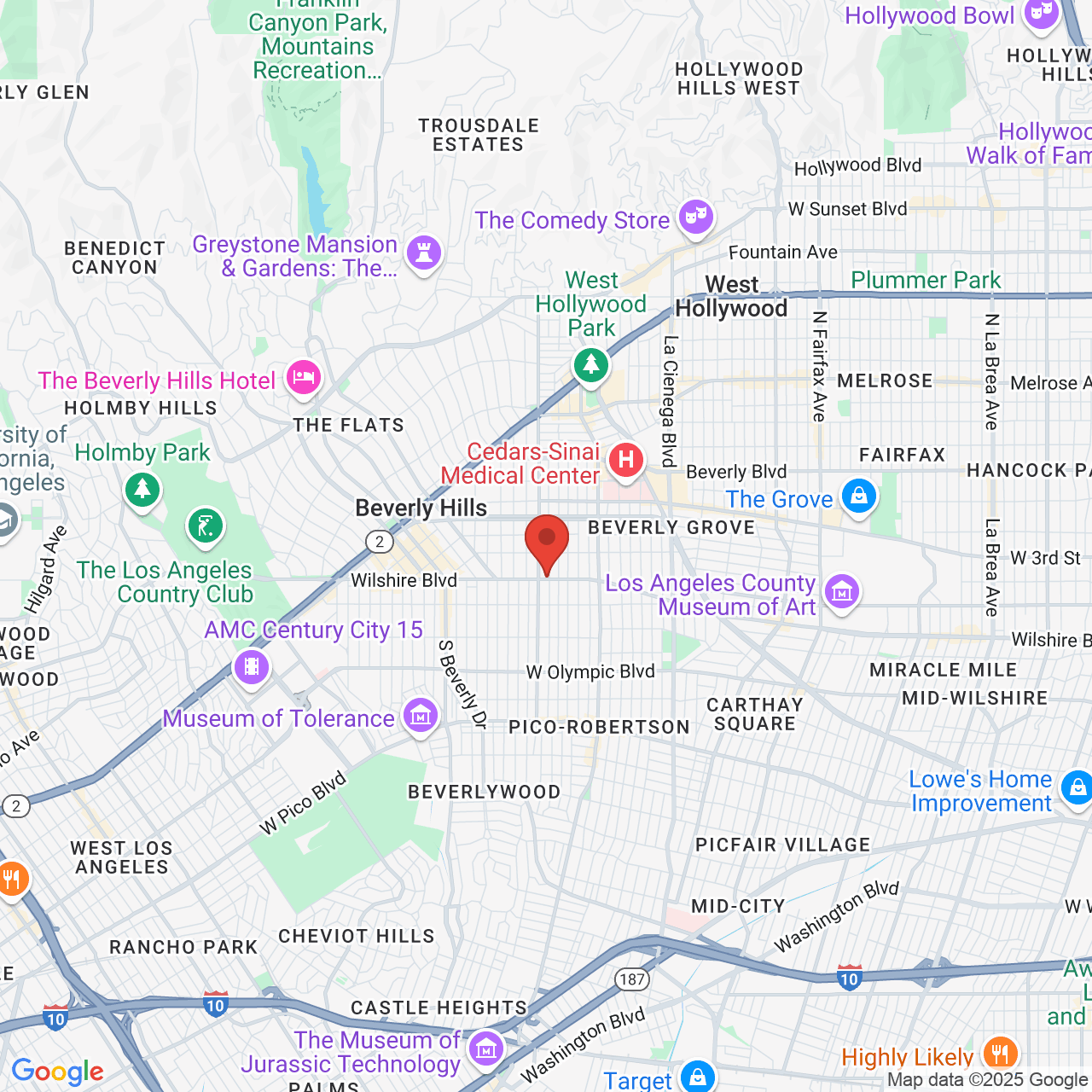Aural Atresia Recovery
 Aural atresia is a narrowing or complete absence of the ear canal. In addition, the condition often involves malformation of the hearing bones and/or ear drum. When someone suffers from aural atresia, sound waves are unable to reach the inner ear, so the brain cannot recognize sounds. Since aural atresia does not affect the inner ear or hearing nerve, aural atresia repair can effectively restore hearing for ideal candidates.
Aural atresia is a narrowing or complete absence of the ear canal. In addition, the condition often involves malformation of the hearing bones and/or ear drum. When someone suffers from aural atresia, sound waves are unable to reach the inner ear, so the brain cannot recognize sounds. Since aural atresia does not affect the inner ear or hearing nerve, aural atresia repair can effectively restore hearing for ideal candidates.
Surgeon John Reinisch offers aural atresia repair to individuals in Beverly Hills, CA, and surrounding areas. Here, he provides an overview of the aural atresia recovery process, including potential side effects and post-surgical care instructions.
Returning Home after Surgery
Aural atresia is usually performed as an outpatient procedure, which means that patients are able to return home the day of treatment. Dr. Reinisch typically keeps patients for a few hours following their procedure to evaluate the initial stage of recovery and ensure that the effects of anesthesia have started to wear off.
When the patient returns home, the ear will be gently packed. We generally schedule a follow-up appointment a day or two after the repair procedure and then a week after treatment. The packing should stay in place until instructed. Usually packaging is removed one week after the repair, but this is dependent on how recovery is progressing.
Side Effects
The most common side effect of aural atresia repair is pain or discomfort in the ear. Pain will not start immediately, since long-acting pain medication is injected during the aural atresia repair. However, several hours after waking from the procedure some degree of pain is likely to develop. Dr. Reinisch can prescribe pain medication, but most of our Beverly Hills patients are able to maintain comfort with the use of over-the-counter pain medication.
Post-surgical Care
In the weeks after aural atresia repair there are post-surgical care instructions that need to be followed. It is especially important that the ear canal stays dry while it heals. For this reason patients are advised not to swim for between six and eight weeks. When patients bathe or shower during this timeframe they should block the ear with a cotton ball lightly coated in Vaseline.
Starting one week post-treatment (or as soon as surgical packing is removed), patients will need to apply medicated ear drops. The drops should be administered exactly as directed. These drops are generally prescribed for a series of three to four weeks.
Long-term Care
When the ear canal is considered healed, which is usually four to six weeks post-treatment, patients will begin wearing a silicone-based mold while they sleep. The mold holds the bones and tissues in their proper position to prevent narrowing of the ear canal. The mold is generally worn for four months.
A surgically constructed ear canal does not have the ability to clean itself like a natural ear canal does, so long-term care will include professional cleanings. An ear, nose, and throat (ENT) specialist can perform a cleaning under microscopic examination. Cleanings are generally recommended every three to four months during the first year after surgery, and then every six to 12 months after that.
When Will Hearing Be Restored?
The results of aural atresia repair are nearly immediate, so our Beverly Hills patients should notice an improvement in hearing as soon as surgical packing is removed. When the ear canal is first cleaned out to remove skin cells and/or debris (about 4 to 5 weeks after surgery), a hearing test can be performed to determine how much hearing has been restored.
Contact Reinisch Plastic Surgery
If you have questions about the aural atresia procedure or what to expect during recovery, Dr. John Reinisch would be happy to provide you with the information you need. Send us a message online, or call (310) 385-6090 to schedule a consultation.



